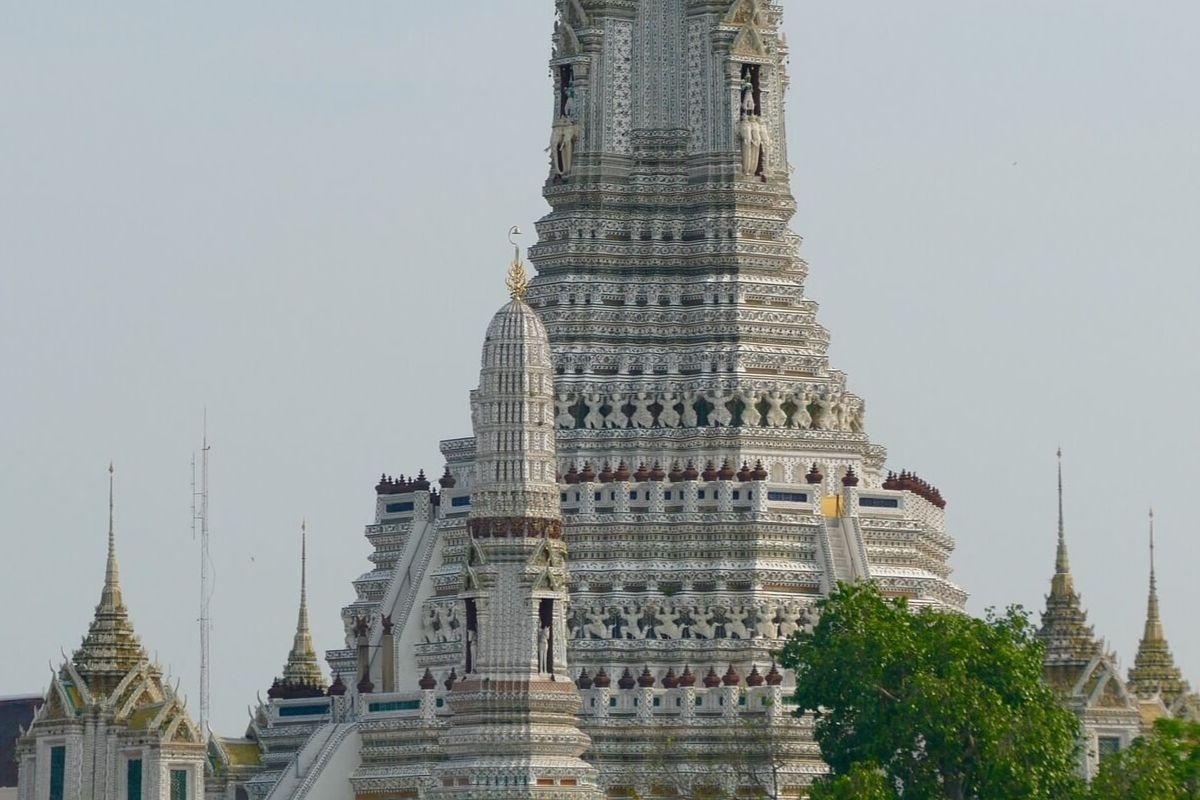Wat Arun (Temple of Dawn)
Wat Arun
Wat Arun, also known as ‘The Temple of Dawn’ was first recorded on the maps during the reign of King Narai sometime around 1656. The exact date which the order to construct this holy site is unknown, however, it has survived over a long period of time and has seen the passing of many kings. Wat Arun was once a part of Siam’s royal grounds during King Thaksin’s reign, but his successor Rama I moved the palace across the river.
Although largely abandoned for a period of time, the site was restored under the orders of King Rama II. During those restorations, its central pagoda was raised an additional 70 metres and its distinctive chedis (spires) were also constructed. Renovations took many years and were only completed under the reign of King Rama III.
The temple is an aesthetic wonder, its beautiful design matches those from the Khmer empire era’s architectural style, and thus, Wat Arun looks very similar to Angkor Wat in Cambodia. The central spire is decorated with shining iridescent porcelain and is topped with a 7 pronged trident known as ‘The Trident of Shiva’. It’s surrounding lesser spires are also ornamented with porcelain and sea shells which are thought to have been collected from trading boats originating from China.
Whilst visiting Wat Arun is astonishing by day, at night it is indeed spectacular. When the Sun’s final rays set over the horizon, lights are shone upon the structures iridescent coating illuminating the surrounding area with a golden hue providing travellers with an amazing visual experience unlike any other in Bangkok.
The temple grounds can easily be accessed by riverboat for a mere 15 Baht from Thewet Pier (5-minute walk from Shanti). Guests can also opt travel go by Taxi and Tuk-Tuk with the ride expected to take approximately 15 minutes and cost between 70 - 100 Baht.
Wat Arun is located on the Chao Phraya River’s bank (Add Link). It is open between 6:00 AM and 20:00 PM.



